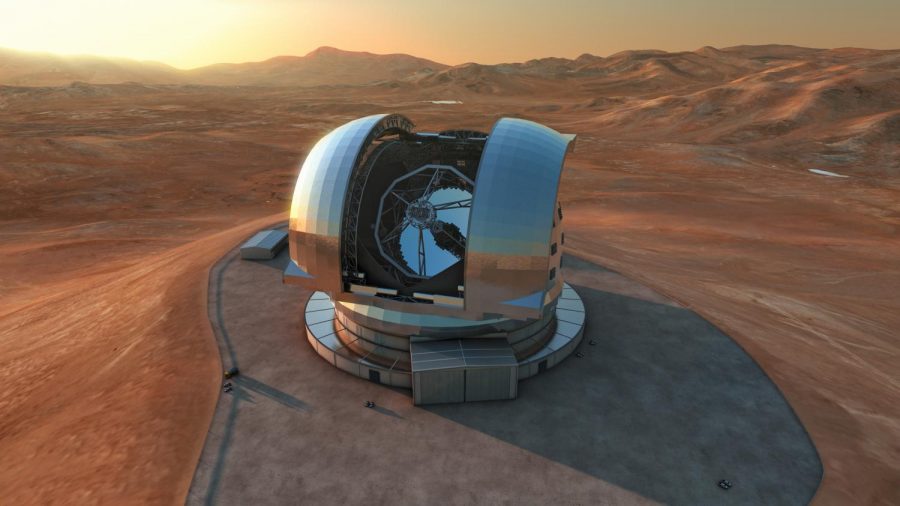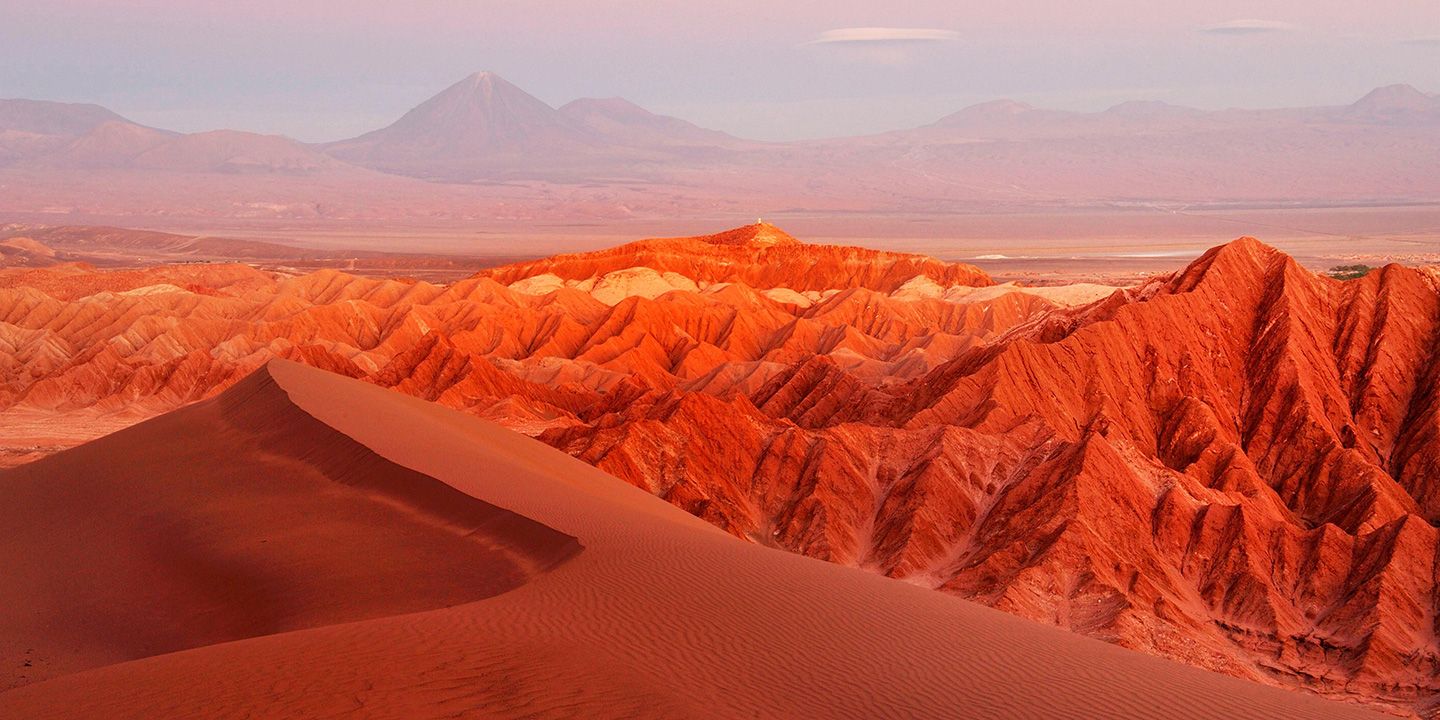The construction of the European Southern Observatory’s Extremely Large Telescope (ELT) has begun in the Chilean desert, on the top of the Cerro Armazones. Once it is finished, it would become the world’s largest optical/infrared telescope able to take 4,000 images at the same time.
The construction of the ELT started last Friday. There was a ceremony to celebrate the start of the construction at the European Southern Observatory’s Paranal Residencia which counted with the attendance of Chilean President Michelle Bachelet and ESO’s Director General, Tim de Zeeuw.

“With the symbolic start of this construction work, we are building more than a telescope here: it is one of the greatest expressions of scientific and technological capabilities and the extraordinary potential of international cooperation,” Said Chilean president, Bachelet.
The ELT is big leap forward
The ELT is the result of the partnership between many of the world’s finest scientists, including talents from ESO and the University of Oxford. The university’s scientists have the duty of building the ELT’s spectrograph which is called HARMONI. This will allow the ELT to take 4,000 different pictures simultaneously, each of them with a different color. This will give scientists the opportunity of having high-quality and detailed images from space.

“For me, the ELT represents a significant leap forward in capability, and that means that we will use it to find many interesting things about the Universe that we have no knowledge of today,” HARMONI’s principal investigator Niranjan Thatte, remarked.
Thatte also said that the ELT is going to be used to gather data about the solar system that remains inaccessible today. The super telescope will also help scientists to collect data about stars and celestial phenomena that are located in distant galaxies. The ETL is also being equipped to be able to correct turbulence in the atmosphere while observing distant planets and star systems.
The ELT will be five times bigger than the current largest telescope
According to the scientists, this super telescope will be five times larger than the biggest telescope today. Its primary mirror will be about 128 feet (39 meters) in diameter. They say that when completed, the ELT will possibly change the current common understanding of the universe. This mirror will be housed in an enormous rotating dome of 85 meters in diameter, which is practically as big as the area of a soccer pitch.
“The ELT will be the biggest “eye” ever pointed towards the sky and may revolutionize our perception of the Universe. It will tackle a broad range of scientific challenges, including probing Earth-like exoplanets for signs of life, studying the nature of dark energy and dark matter, and observing the Universe’s early stages to explore our origins.” expressed ESO.
The telescope is being built on a 3,000 meter-high mountain in the driest desert
The construction of the ELT started on Friday in the world’s driest desert, the Atacama Desert, on a 3000 meter-high mountain. The ELT is expected to be ready for 2024. To commemorate the start of such a project, an event was arranged in the European Southern Observatory, which is very close to the place where the super telescope is beginning to be built.
This ceremony included a time capsule containing the copy of the book that describes the objectives and goals of this massive telescope. It also has posters with photographs of all the ESO personnel that has contributed or will contribute to the creation of this amazing telescope.

As well, it also has a visual representation of how the ELT is expected to look like once its construction is done. The cover of the time capsule is an engraved hexagon made of Zeodur. The objective of this time capsule is to make people remember the great commitment and significance behind this incredible project. During the ceremony, the capsule was sealed.
ESP Director, de Zeeuws, said he believes that the ELT is going to produce all these scientific discoveries that people can’t simply imagine nowadays and that it will certainly be a source of inspiration for people around the world to think about science and space.
ESO said regarding the ELT that it will make people wonder new things and that it will allow the improvement of life here on Earth with its discoveries and new technologies. Currently, the ELT is considered to be one of the top priorities in astronomy.
The ELT’s dome and structure are being built by Ace Consortium, as the result of a contract signed in 2016 between the company and ESO. This company consists of Cimolai, Astaldi, and the EIE Group.
The dry environment in the Atacama desert is almost perfect for the project. Around 70 percent of the astronomical infrastructure in the world will be located in the region by the next decade. The official cost of construction for the ELT is not available at the moment; however, ESO has previously estimated a total cost of 1 billion euros.
Source: Market Business Times
